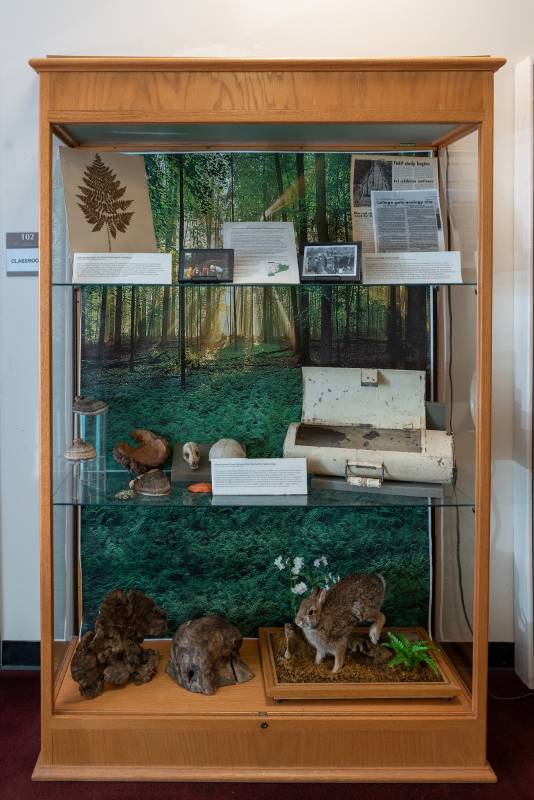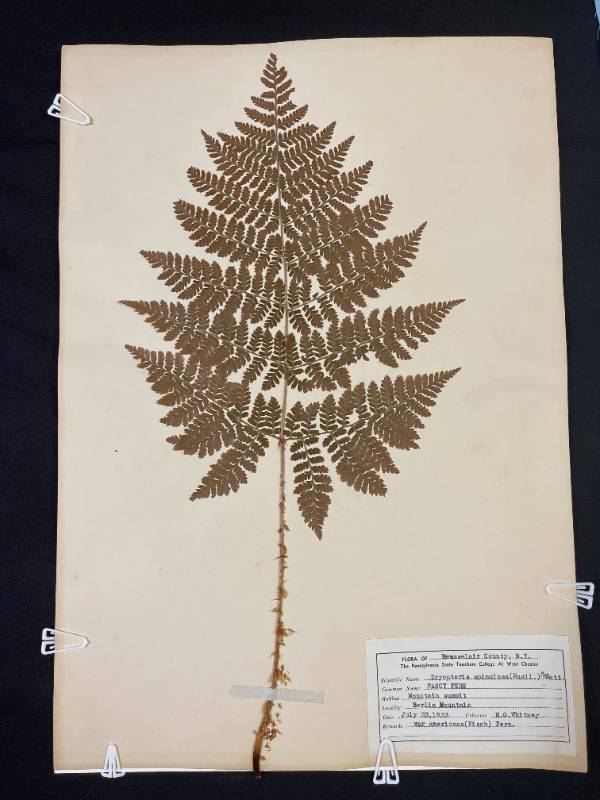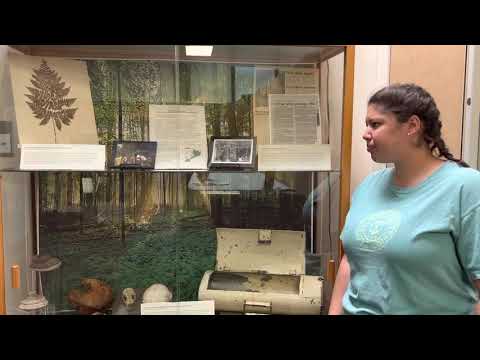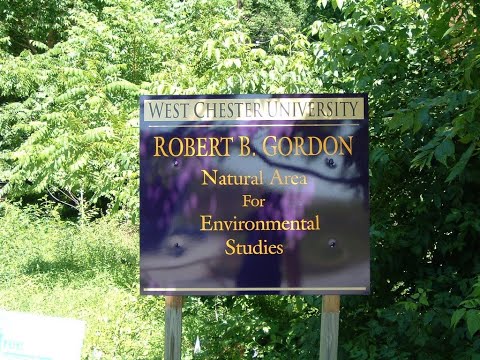The Gordon Natural Area:
Natural Sciences & Conservation at West Chester University
Located on South Campus, The Gordon Natural Area consists of 126 acres of preserved Eastern woodlands, includes hiking trails for locals and is used as an outdoor classroom for many courses.
In the late 1960s, the area known as South Campus was slated for development. The university administration was considering tearing down local woodlands to create dormitories. However, in 1969-1970, two students, Brad Gottfried and Dave Fluri, started a student movement to preserve the area. Both were biology majors and members of the biology club that recognized the land’s value for scientific study, and its intrinsic value as a relatively mature forest in an increasingly suburbanizing and developed landscape. Thanks to the energy and increased cultural awareness of conservation from the first Earth Day in 1970, they successfully mobilized students and faculty, and the next year the university afforded the property protection. The land was named for Dr. Robert B. Gordon in commemoration of the science faculty member’s 25+ year service. The property was formally dedicated in 1973 by Dr. William Overlease, a longtime professor of biology at WCU. Already curator of the Darlington Herbarium, Overlease also became an active caretaker and curator of the Gordon.
The Gordon Natural Area stands as WCU’s contribution to the original Earth Day movement, and its mission is to preserve the land in an undeveloped state—no easy task considering its embeddedness in the fabric of both the campus and greater West Chester community. It also serves as a natural “classroom” for environmental studies, and is utilized by many classes—from science and social work to business and art + design.
The Gordon Natural Area Exhibit





